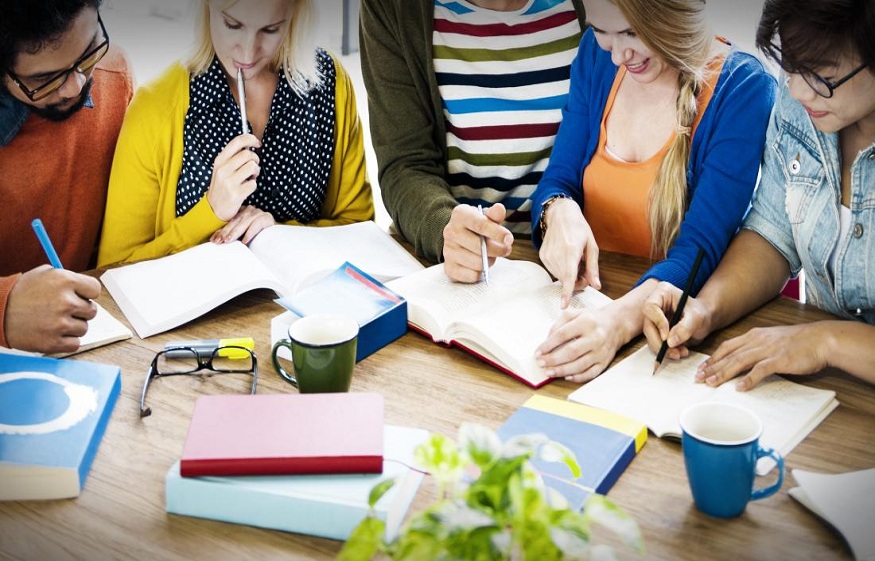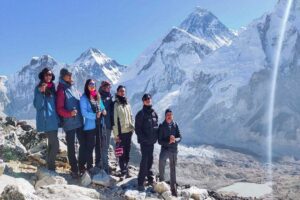
Welcome to the happy parents happy children blog! If you are new here, you will no doubt want to read my book which explains how to Every country around the world attaches great importance to the educational success of children. Methods vary according to the specific needs and culture of each society. The PISA (Programme for International Student Assessment) ranking highlights the countries that have the best results in assessing 15-year-old students.This study , conducted every 3 years by the OECD (organization for cooperation and development) since the year 2000, puts 72 countries in competition in 3 areas of skills: science, mathematics and written comprehension . The latest survey , revealed in 2016, confirms that Asian countries and Finland are leaders in the field, but other countries have managed to do well.
What are the 8 best education systems? What are the keys to such success?
1. Singapore: the champions of mathematics
Kids in Singapore these days are great at math , but that was far from the case in the 1990s. Quite simply by solving mathematical problems in a concrete way , that is to say by replacing the numbers, which are too abstract, with small objects.
He is also invited to draw small colored bars representing the data of the problem. Once the problem solving is understood in this way, the teacher moves on to the next step and uses drawings rather than objects. Finally, when each concept is assimilated, the abstract mathematical symbols are introduced.
The work is done in groups and begins with talking, to help the child reason. In this way, they perceive that it is permissible to make mistakes or to grope, which is very motivating for the students.
Notions such as addition, multiplication, fraction are studied in depth until a perfect knowledge. In 25 years, the Singaporean education system has moved from a model based on the transmission of knowledge to a model encouraging creativity and autonomy. These changes were accompanied by a very advanced initial training of teachers, in a common institute, then reinforced by continuous training and regular evaluations. Highly valued, the teachers have a good salary, and even a bonus for the best rated.
2. Japan: respect for the teacher
In Japan, from an early age, students are empowered and participate in school tasks such as cleaning the classroom or serving in the canteen. The teachers are very involved in the lives of the children and are respected by the students as much as by their parents. Well paid, their mission is to manage the diversity of classes by personalizing learning , thus offering the same opportunity to each student. Until now known for following a rather rigid curriculum, schools have now opened up to the world and are developing their creativity and critical thinking .
In primary school, up to the age of 12, conviviality is encouraged through meals taken together between pupils and teachers, for example.
Japanese students are among the most educated, the teaching of arts such as music and plastic art are of great importance. Discipline is very rigorous in secondary education in order to train serious workers who know how to cope with working life. Since the 1980s, the country has emphasized the professional development of teachers. Daily training is set up and the centers also offer practical training to new teachers.
Since 2009, teachers must also prove every ten years that they are up to date with their skills. Japanese society, which works very much on merit, pushes individuals to develop their skills to the maximum in order to achieve their goals.
3. Estonia: going digital
Estonia created a surprise by coming in 3rd place in the PISA ranking . This result is not due to chance and demonstrates the involvement of a country in which all school services are free up to middle school (meals Understood). Reforms of the school system focused on the development of a new national curriculum, teacher training and vocational training. In primary school, each teacher retains his pupils for a minimum of 3 years , which allows him to get to know them better and thus to adjust better to the needs of each child. This personalized follow-up makes it possible not to leave students in difficulty.
Each teacher has his digital space in which he enters his notes and evaluates the behavior of his students. Through this tool, each parent can follow the progress of his child in his schooling, question his teacher, but also help him in his revisions by having access to lessons and homework.
Schools, which are very autonomous, adapt the school content to local needs, taking into account the choice of pupils. The state educational program is supplemented by a system of recreational schools run by the municipalities.






